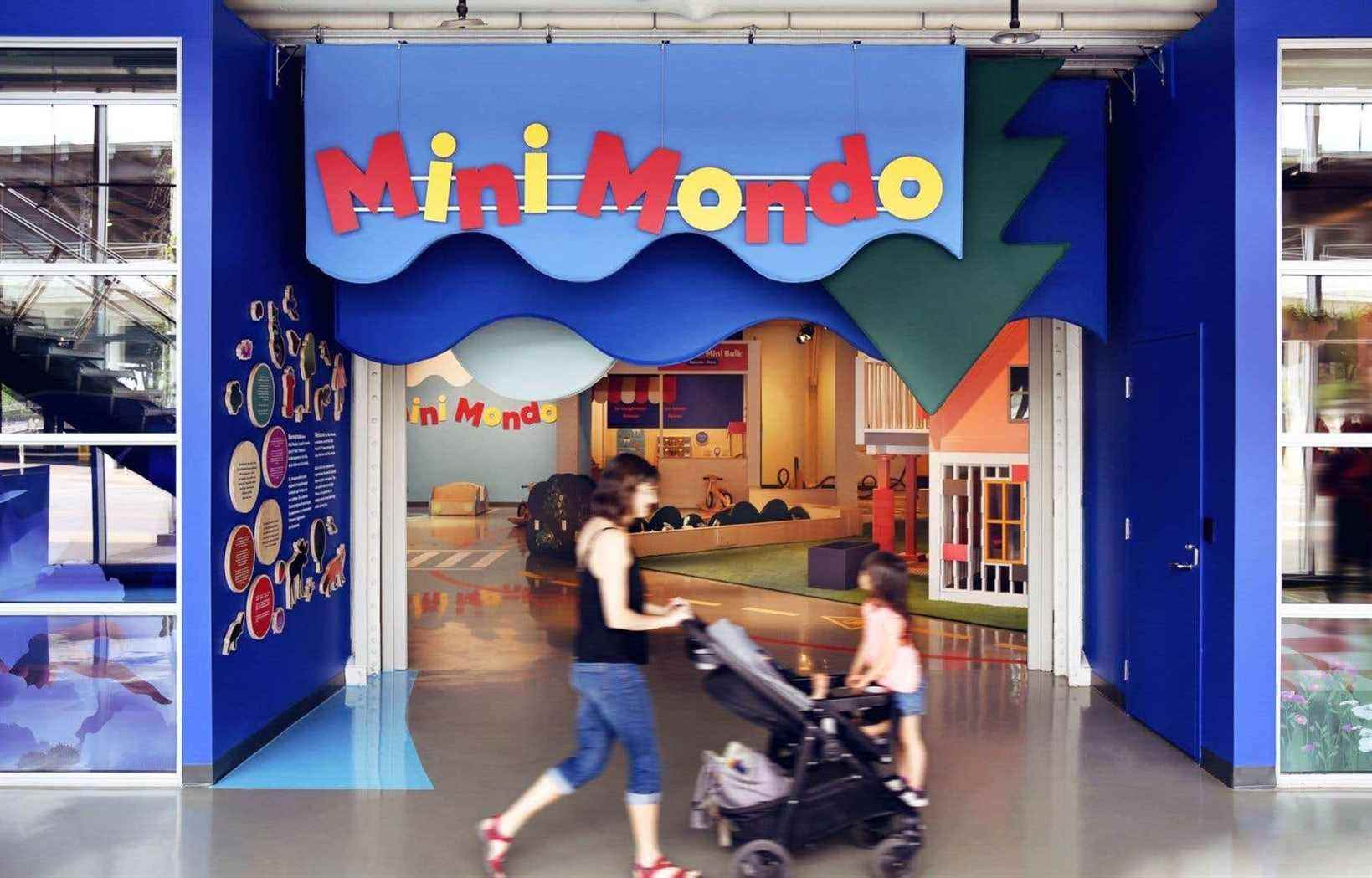This text is part of the special Museums section
Although the prolonged closure of the establishment saddened many families and curious minds eager for discovery, the very nature of the premises made the institution incompatible with the pervasive presence of COVID-19. Because there we touch, we experiment, we tinker, to lift the veil on many mysteries.
Just a month ago, on September 23, after more than a year of forced confinement, the Science Center finally reopened its doors with the certainty of being fully ready to welcome the public with a judicious assembly of novelties, sure values, and a bit of “old new”, funny expression of Cybèle Robichaud, director of programming.
She does not hide her joy at seeing the places come alive again, since normally the flagship institution of the Old Port of Montreal attracts nearly 700,000 visitors per year. But like any good cultural and museum organization in these unprecedented times, the Science Center must learn to manage differently the flow of people strolling through its exhibition rooms, visitors who are not content to observe in a purely contemplative way.
“The challenge was to ensure both the safety of our visitors and our employees,” says the programming director. That’s why we waited longer [que les autres institutions muséales] before opening our doors. Everything is going very well, especially the online reservation for a visit at a fixed time. »Although it is always possible to get a ticket at the last minute, the spontaneous visitor could be disappointed if the capacity of reception has reached their limit, hence the importance of reserving early enough.
Awareness of youth
After its opening, the 1er May 2000, the Science Center quickly became a vast space for fun adventures and family discoveries. It is also not uncommon to see infants among the crowd.
For the very first time, an exhibition is aimed especially at them, even if they have always been part of the usual fauna. With Mini Mondo, a new step seems to have been taken, according to Cybèle Robichaud.
“We are aimed at 0-3 year olds, unlike the previous exhibition, Click!, intended for 4-7 years old. The main message is about eco-citizenship, and we are giving them the tools to be aware of their environment now. [les forêts, les rivières, comme les villes] and maybe change some lifestyle habits in their family. “
All over the course of the different sound and visual environments, with posters written in French and English, as well as in Spanish, Mandarin, Arabic and Creole.
Safe values
Opened in December 2019, the exhibition Explore never really had the time to take off and establish itself as a must-have. Both old and new, as the director of programming mentioned, it is therefore back in service, barely modified by health measures, offering visitors more than 50 interactive activities where science takes on disproportionate proportions.
Whether it’s about learning more about the powers of light, the power of water, or the intricacies of geometry, your body and mind will be constantly challenged. This course, stimulating all the senses, was awarded the Best Exhibition – Large Institution prize, awarded by the Canadian Association of Science Centers, and was named the Gold winner of the Grands Prix du design.
Others have not needed prizes to pique curiosity and attract crowds since their inauguration. It’s the case for Human, open to the public in 2017, an exhibition that reveals the complexity of the metamorphoses of the human body, allowing young and old to slip into the skin of others.
As for Fabrik – Creative challenges, in place since 2014, “it is still and always our favorite exhibition”, underlines Cybèle Robichaud. This space of all possibilities and all solutions overflows with materials and objects, letting the imagination of children wander to allow them to materialize the most improbable fantasies.
And to underline the 45e anniversary of the presence of the European Union delegation in Canada, the Science Center is offering the exhibition until March 13, 2022 Copernicus: when art meets science. Here you can admire a series of 24 photographs taken 800 km from Earth by satellites of the EU’s Copernicus program, images that show the Alps, Norway and James Bay.
